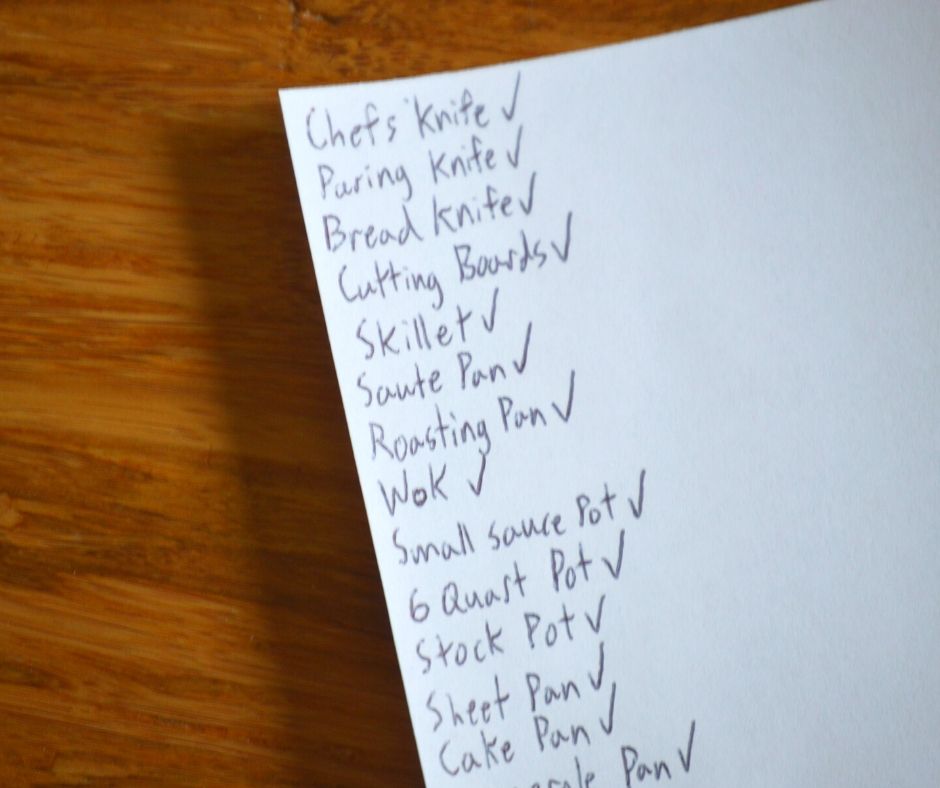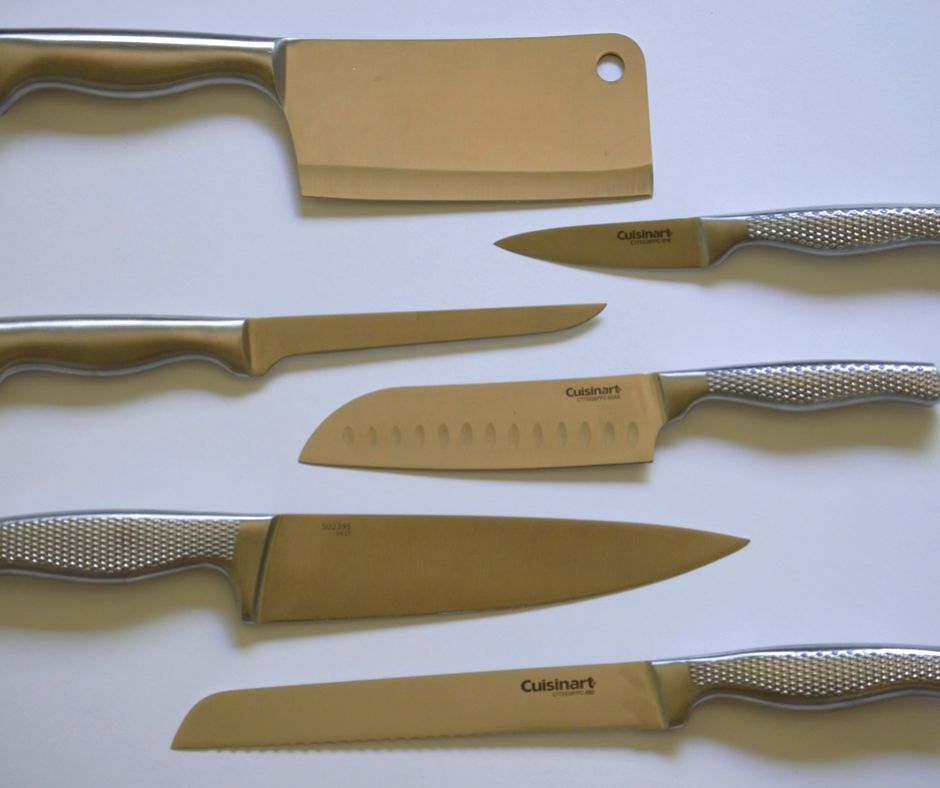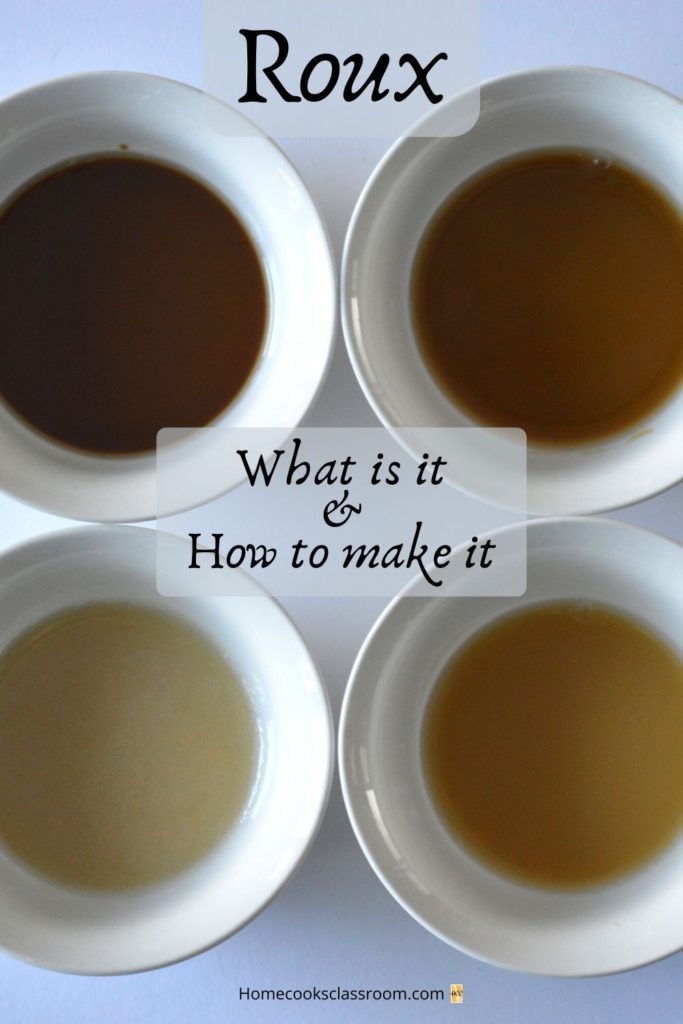
What is roux?
Since we are going to be talking about roux a lot today I thought it would be a good idea if we all took a second and learned how to properly pronounce the word “roux”. Don’t worry it’s not complicated, It’s actually pretty simple, just pretend that the “x” isn’t there. Thus “roux” should sound a little something like “roo” at the end of the word kangaroo, not like rouse, or rouck, or roush.
Ok let’s move on.
So what the hell is roux and why should you care? Well, a roux is basically just a thickening agent just like a whitewash, or slurry (flour and water). However, those other two can often have an unpleasant grainy texture, whereas a roux has a smooth and silky texture. A quality which makes it the most commonly used thickening agent by professional chefs. And while you can find roux used in a number of cuisines around the world, it is mostly found as a component in French and Cajun recipes. So if you ever plan on learning either of those cuisines then you better learn how to make a roux. But still, the ability of roux to both thicken and add flavor to soups, stews, and sauces makes it a helpful skill for any home cook to learn.
And it turns out roux is incredibly easy to learn how to make! All you have to do is combine 1 part flour with 1 part fat (i.e. oil, lard, butter) and whisk them together. So as long as you remember that ratio you will always be able to make a roux.
How to make a roux?
In order to make a roux you are first going to need two pieces of equipment and two ingredients. The equipment you will need are a whisk and a heavy bottom pot or pan. And as we’ve already stated the ingredients you will need are equal parts of flour and fat.
Ok, we got everything?
Good!
Now start the process by placing your pot or pan over medium-high heat on your stove. Follow this up by pouring or placing the fat into the pot or pan. Once the fat has heated after a couple of minutes it is time to toss in the flour and quickly whisk it in.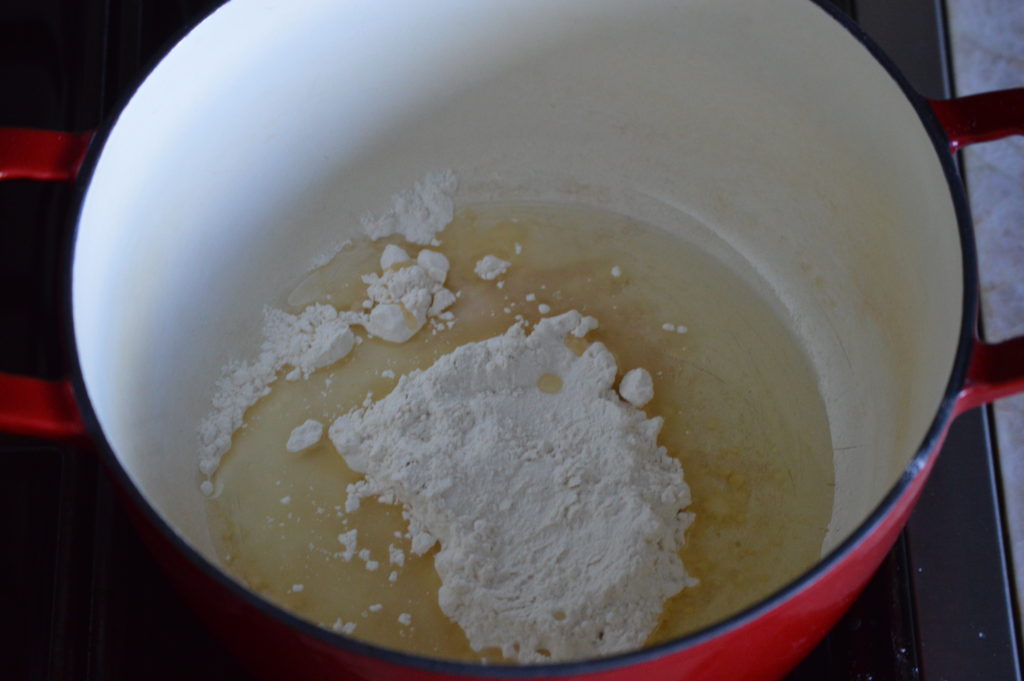
 It is at this point that you will want to continuously whisk then roux until it gets to one of four stages. These are white, blond, brown, and dark brown. Each one has its own properties such as lighter ones being thicker, and darker ones having more flavor. So with that said let’s take a look at our first type of roux.
It is at this point that you will want to continuously whisk then roux until it gets to one of four stages. These are white, blond, brown, and dark brown. Each one has its own properties such as lighter ones being thicker, and darker ones having more flavor. So with that said let’s take a look at our first type of roux.
White Roux
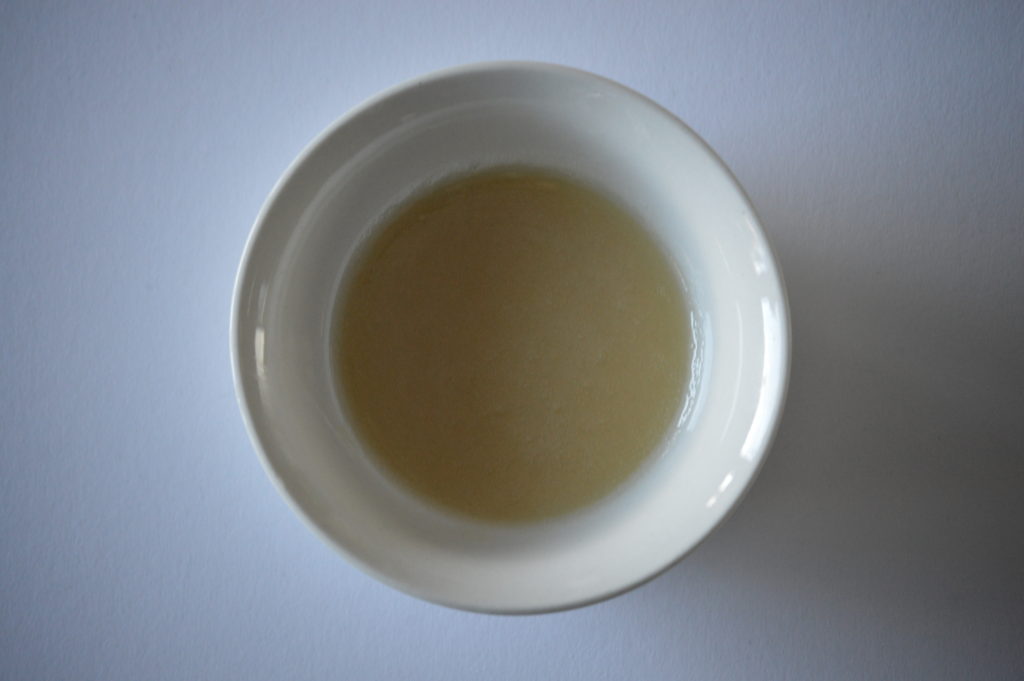
After you have whisked for roughly 5 minutes you should achieve what is known as a white roux. It will typically be white to off white in color with many tiny bubbles. Another way to tell that you have reached this point is when the roux stops smelling like raw flour. But don’t be fooled because at this stage you still haven’t fully broken down all the starches. That’s why you will still want to finish cooking in any soup, stew, or sauce that you add it to.
Characteristics: Light color, little flavor, strong thickening
Uses: As a simple thickener, and needed to make a bechamel sauce and it’s derivatives
Blond Roux
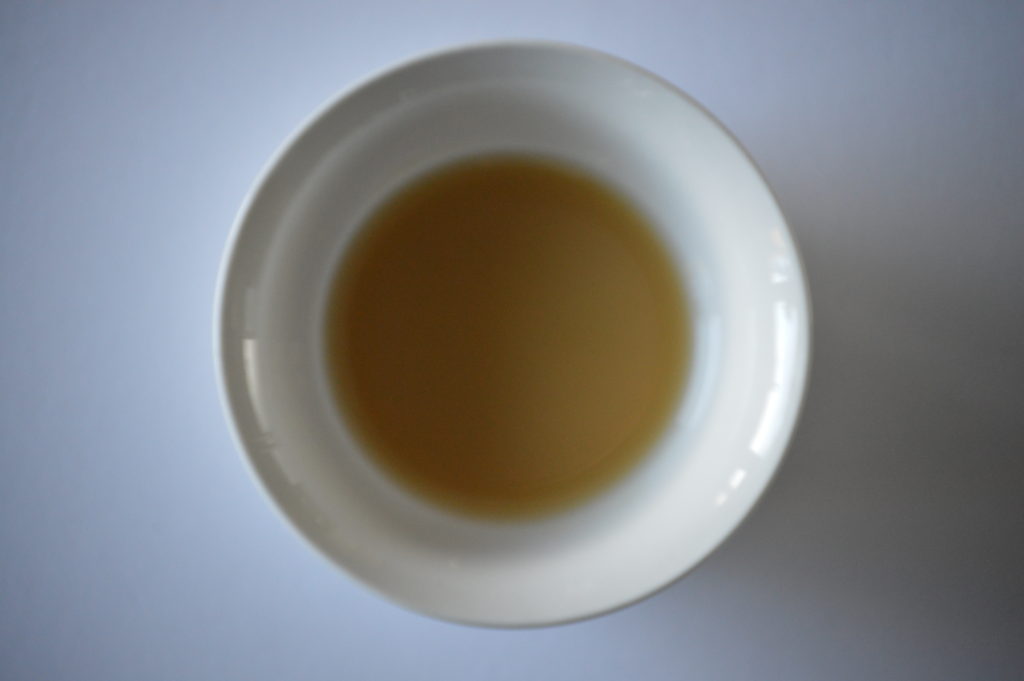
After whisking for an additional 5 to 10 minutes you should get what is known as a blond roux. It will be off white to yellowish in color with some tiny bubbles. Another way that you can tell that you reached this phase is the roux will have a distinct nutty aroma.
Characteristics: Medium-light color, some nutty flavor, medium thickening.
Uses: Still used as a thickener and to add some flavor. Also used to make a veloute sauce and its derivatives.
Brown Roux
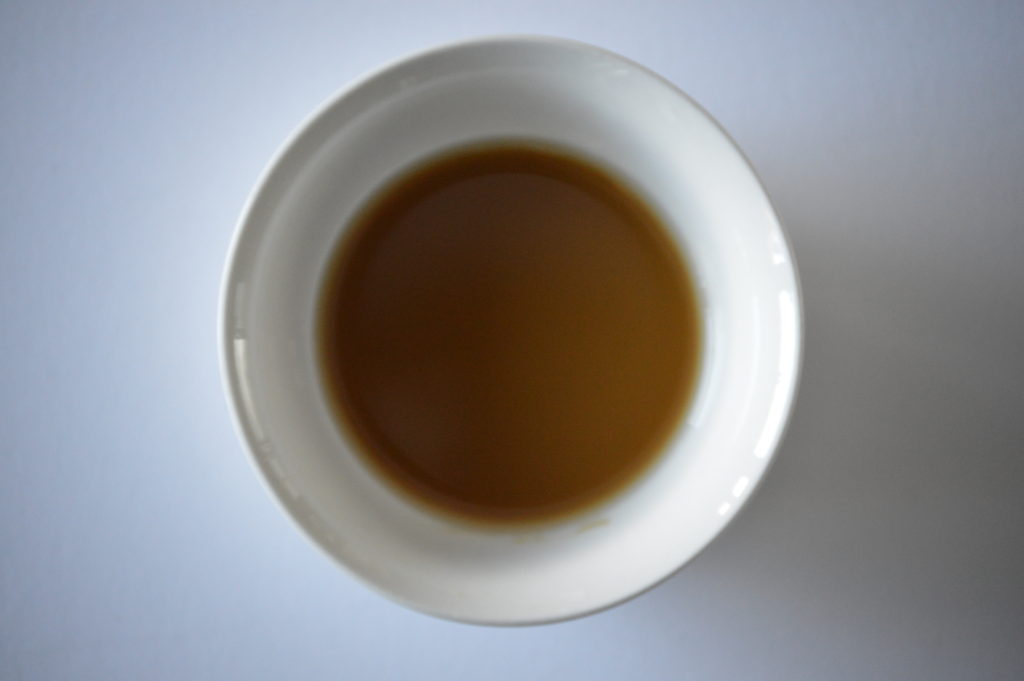
Ok still whisking? Good, keep at it and after another 5 to 10 minutes to should achieve a brown roux. It will be milk chocolatey in color and no longer have those tiny bubbles. You will also notice a strong nutty aroma coming off the roux. However, at this point, you will have most of the starches in the flour that the roux will have half of the thickening power of a white roux.
Characteristics: Medium color, strong nutty flavor, light thickening
Uses: To add flavor and slightly thicken soup, stews, and sauces. Used to make sauce Espagnole and demi-glaze.
Dark Brown Roux
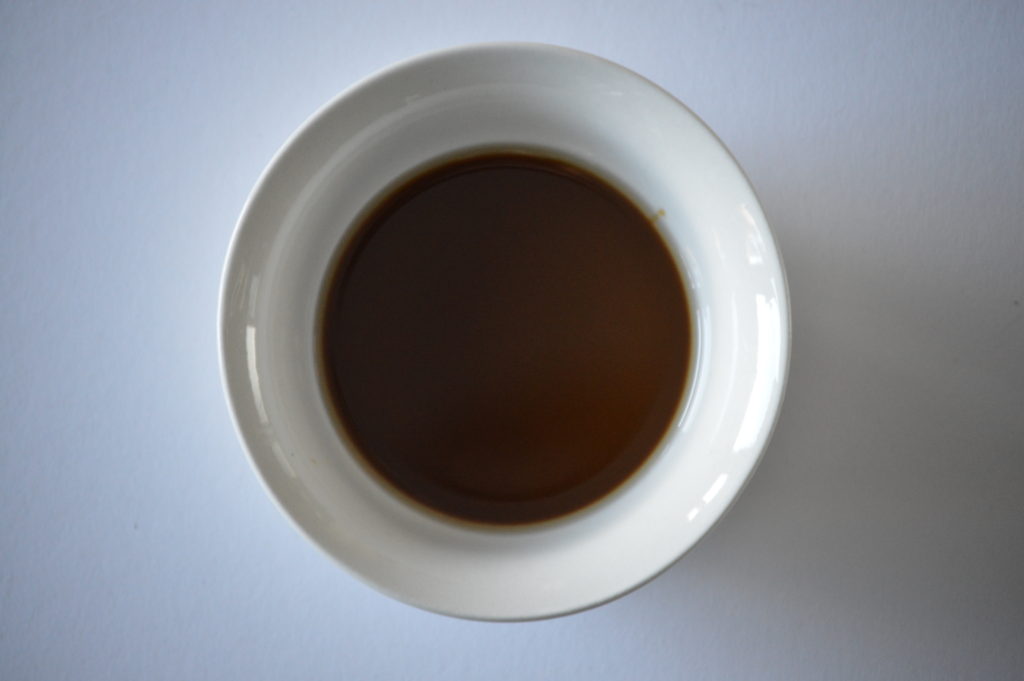
Alright, we’re at home stretch now, pretty soon we will have a dark brown roux. Now I should state that a dark brown roux isn’t very common in French cooking. However, in Cajun cooking, a dark brown roux is THE roux. You will generally know you’ve reached this stage when the roux has a dark chocolatey color and gives off a slightly burnt nutty flavor. At this point, the roux will have a good strong flavor but will have lost a lot of its thickening power. That is why sometimes you will need to make twice as much of this roux to properly thicken.
Characteristics: Dark color, strong aroma, little thickening.
Uses: For imparting flavor and used as the base of dishes like gumbo and etouffee.
What to learn more about roux? Then check out these other resources.
From The Culinary Cook
From Chef Steps

